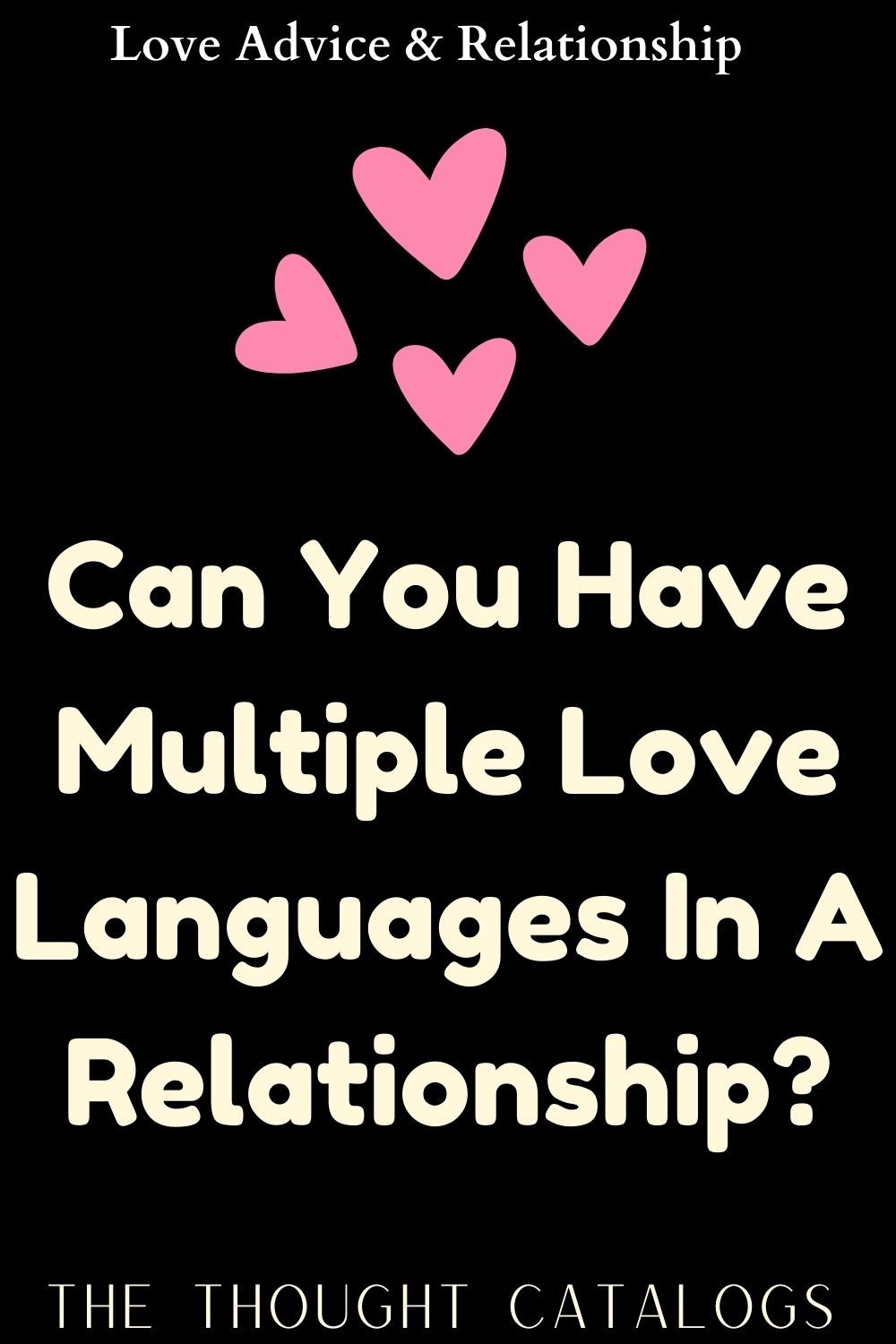Can You Have Multiple Love Languages In A Relationship?

Love is a complex and multifaceted emotion, often expressed and received in various ways. In relationships, understanding how love is communicated and interpreted plays a crucial role in fostering intimacy and connection. This article explores the concept of love languages, delving into whether it’s possible to have multiple love languages in a relationship and how to navigate such dynamics effectively.
Introduction to Love Languages
Love languages, a concept popularized by Dr. Gary Chapman in his book “The 5 Love Languages,” refer to the different ways individuals express and receive love. According to Chapman, there are five primary love languages: words of affirmation, acts of service, receiving gifts, quality time, and physical touch. Each person has a dominant love language, which influences how they prefer to give and receive love.
What Are Love Languages?
Definition and Concept
Love languages are the unique ways individuals express and interpret love. Understanding one’s love language can enhance communication and intimacy in relationships by ensuring that partners express love in ways that resonate with each other.
Importance in Relationships
Identifying and acknowledging each other’s love languages is essential for building strong and fulfilling relationships. It allows partners to demonstrate love in ways that are meaningful and impactful to their significant other, thereby fostering deeper emotional connections.
Understanding the Five Love Languages
Words of Affirmation
Individuals whose primary love language is words of affirmation value verbal expressions of love and appreciation. They feel most loved when they receive compliments, encouragement, and heartfelt affirmations from their partner.
Acts of Service
For individuals whose love language is acts of service, actions speak louder than words. They feel most loved when their partner goes out of their way to help them, whether it’s through acts of kindness, assistance with tasks, or thoughtful gestures.
Receiving Gifts
Some individuals express love and feel loved through the giving and receiving of gifts. It’s not about the material value of the gift but the thoughtfulness and effort behind it that matters most to them.
Quality Time
Quality time is a love language characterized by the desire for undivided attention and meaningful interactions. Spending quality time together, engaging in meaningful conversations, and creating lasting memories are vital for individuals who prioritize this love language.
Physical Touch
Physical touch is a fundamental aspect of intimacy and connection for individuals with this love language. Holding hands, hugs, kisses, and other forms of physical affection are essential for them to feel loved and secure in a relationship.
Can You Have Multiple Love Languages?
The question of whether it’s possible to have multiple love languages in a relationship is one that many couples grapple with. While individuals may have a primary love language, it’s entirely plausible for them to resonate with more than one love language to varying degrees.
Exploring Complexity in Relationships
Human relationships are complex and dynamic, influenced by various factors such as personality, upbringing, and past experiences. As such, it’s not uncommon for individuals to have nuanced preferences when it comes to giving and receiving love.
Individual Differences
Each person is unique, with their own set of preferences and needs when it comes to love and intimacy. While one partner may primarily express love through acts of service, the other may prefer words of affirmation or quality time. Recognizing and respecting these differences is crucial for maintaining harmony and connection in the relationship.
How Multiple Love Languages Manifest in a Relationship
Compatibility and Compromise
In relationships where partners have different love languages, compatibility and compromise play vital roles. It requires mutual understanding, empathy, and a willingness to meet each other’s emotional needs, even if they differ from one’s own.
Communication is Key
Effective communication is essential for navigating the complexities of multiple love languages in a relationship. Partners must openly discuss their needs, preferences, and expectations regarding how love is expressed and received.
Practical Tips for Navigating Multiple Love Languages
Open Communication
Encourage open and honest communication with your partner about your love languages and how they can best meet your emotional needs.
Observational Learning
Pay attention to your partner’s actions and reactions to understand their love language better. Be observant and receptive to their cues and preferences.
Flexibility and Adaptability
Be willing to adapt and adjust your expressions of love to accommodate your partner’s love languages. Flexibility and compromise are essential for maintaining balance and harmony in the relationship.
Case Studies: Real-life Examples
Sarah and John: Balancing Acts of Service and Quality Time
Sarah’s primary love language is acts of service, while John’s is quality time. Despite their differences, they’ve learned to appreciate and accommodate each other’s love languages, finding a balance that works for both of them.
Emma and Michael: Words of Affirmation and Physical Touch
Emma thrives on words of affirmation, while Michael finds comfort and connection through physical touch. By openly communicating their needs and desires, they’ve created a loving and supportive relationship that honors their love languages.



